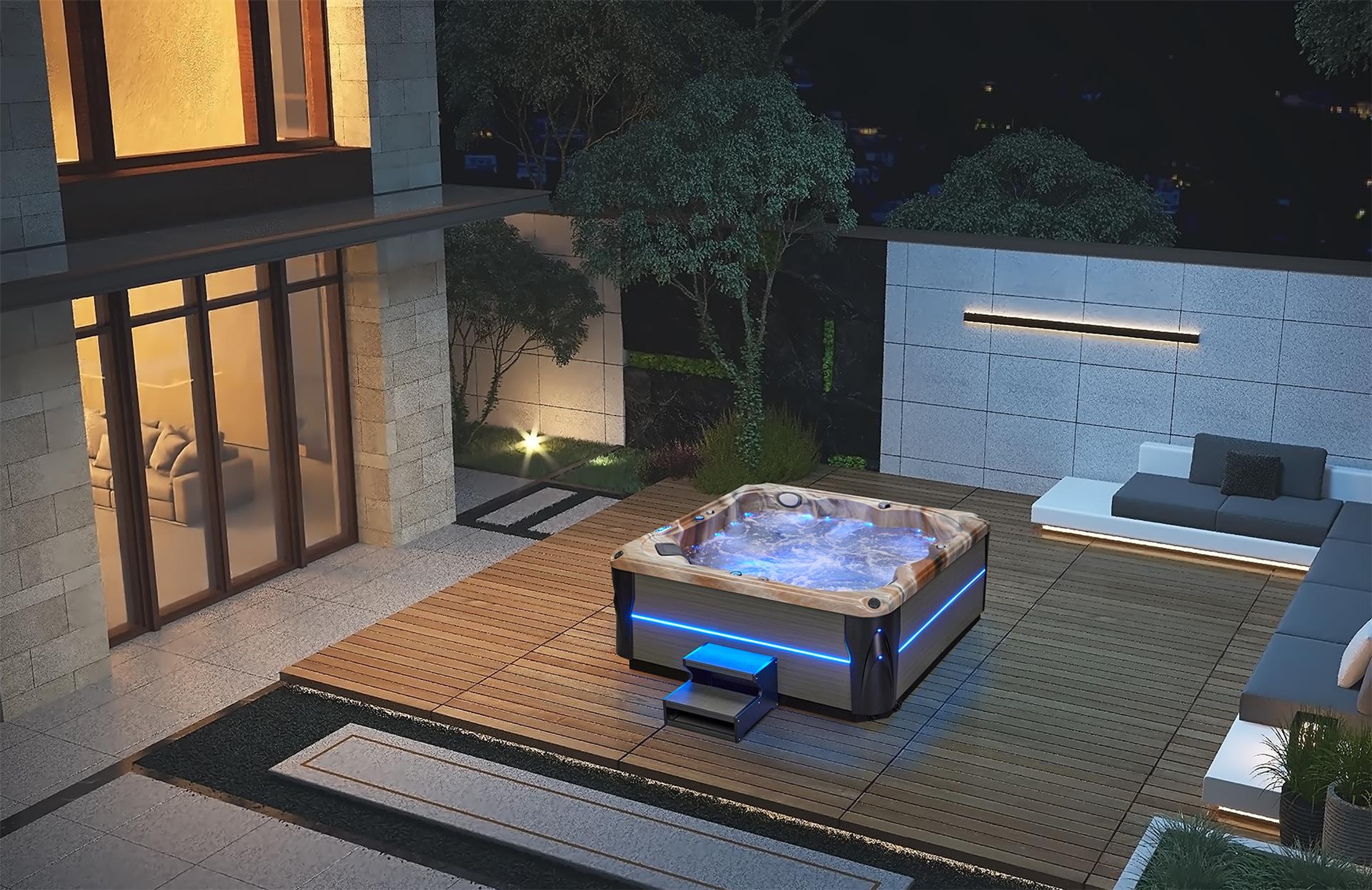How HOT TUB Cold & Hot Water Circulation Systems Work: A Data-Driven Breakdown
Modern Hot Tubs rely on precise cold/hot water circulation to maintain therapeutic temperatures. Here’s a deep dive into their engineering, backed by real-world performance data:
1. Dual-Pipe Inlet Design
Most HOT Tubs integrate two dedicated inlets:
Cold Water Inlet: Connects to municipal supplies, filtered through sediment traps to prevent debris buildup.
Hot Water Circuit: Linked to electric heaters or heat exchangers, with sensors tracking real-time temps (average optimal range: 38–40°C).
2. Thermostatic Mixing Mechanism
A brass/stainless steel mixing valve (similar to shower thermostats) dynamically blends cold/hot streams. Lab tests show this reduces energy waste by 23% vs. manual adjustments.
3. Jet-Integrated Flow Management
Each hydrotherapy jet acts as a micro-pump:
Cold recirculation: Post-use water drains into a sub-floor sump, filtered, and cooled via radiator fins.
Hot Redistribution: Heated water re-enters the tub through directional nozzles. Sensors monitor pressure drops (common when jets are blocked by mineral deposits).
4. Energy Efficiency Insights
Heat Recovery: 78% of surveyed HOT Tubs use counterflow heat exchangers to reclaim waste heat from drained water.
Peak Usage Patterns: Data reveals 62% of users activate jets between 6–9 PM, prompting manufacturers to design pre-heat timers.
Conclusion
By combining precision valves, smart sensors, and jet-driven circulation, Hot Tubs achieve a 92% user satisfaction rate for temperature consistency. For optimal performance, flush pipes monthly with vinegar-water solutions and install a circulation pump to reduce heat-up time by 40%. Dive into the data-driven relaxation revolution!
